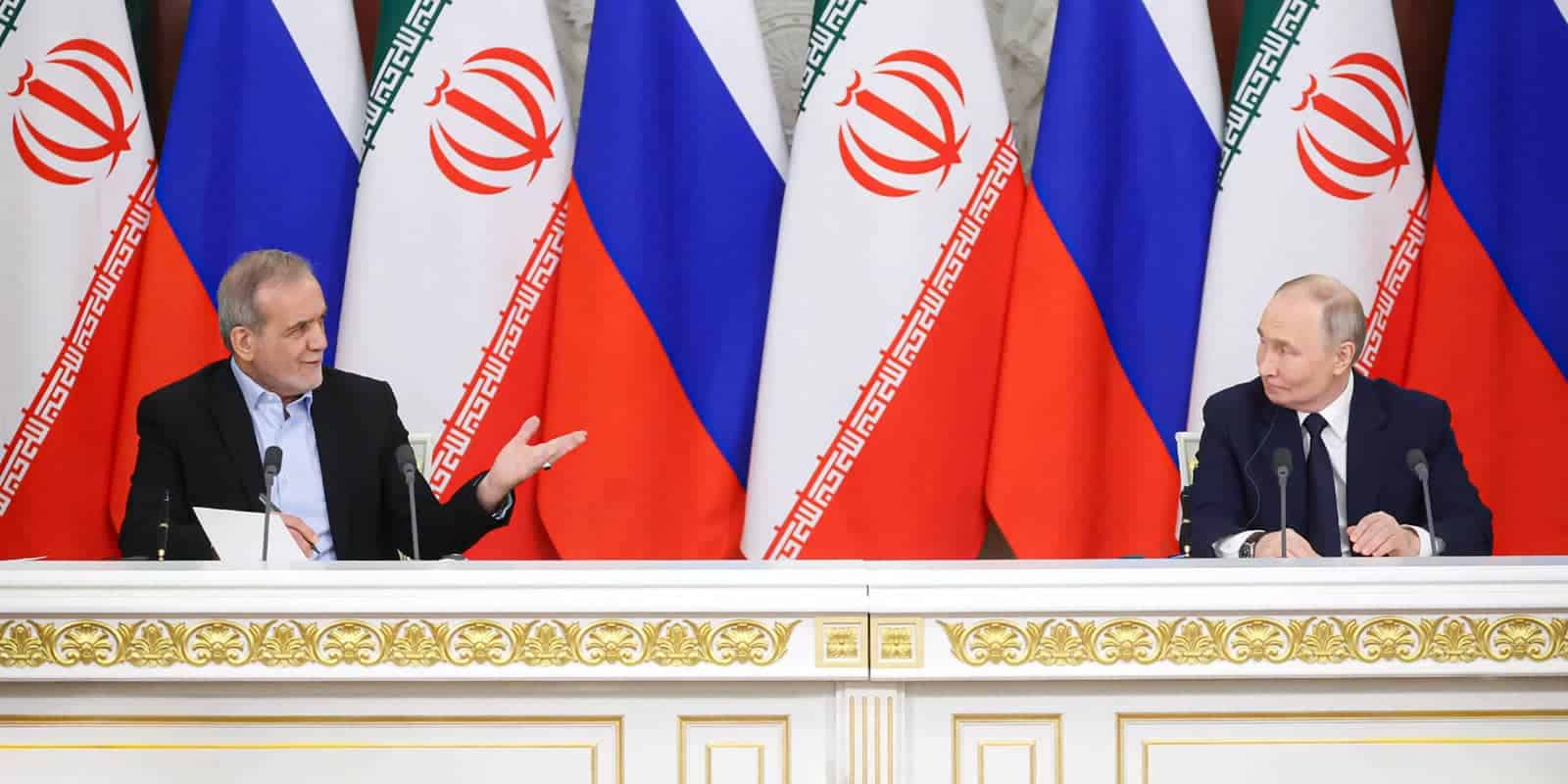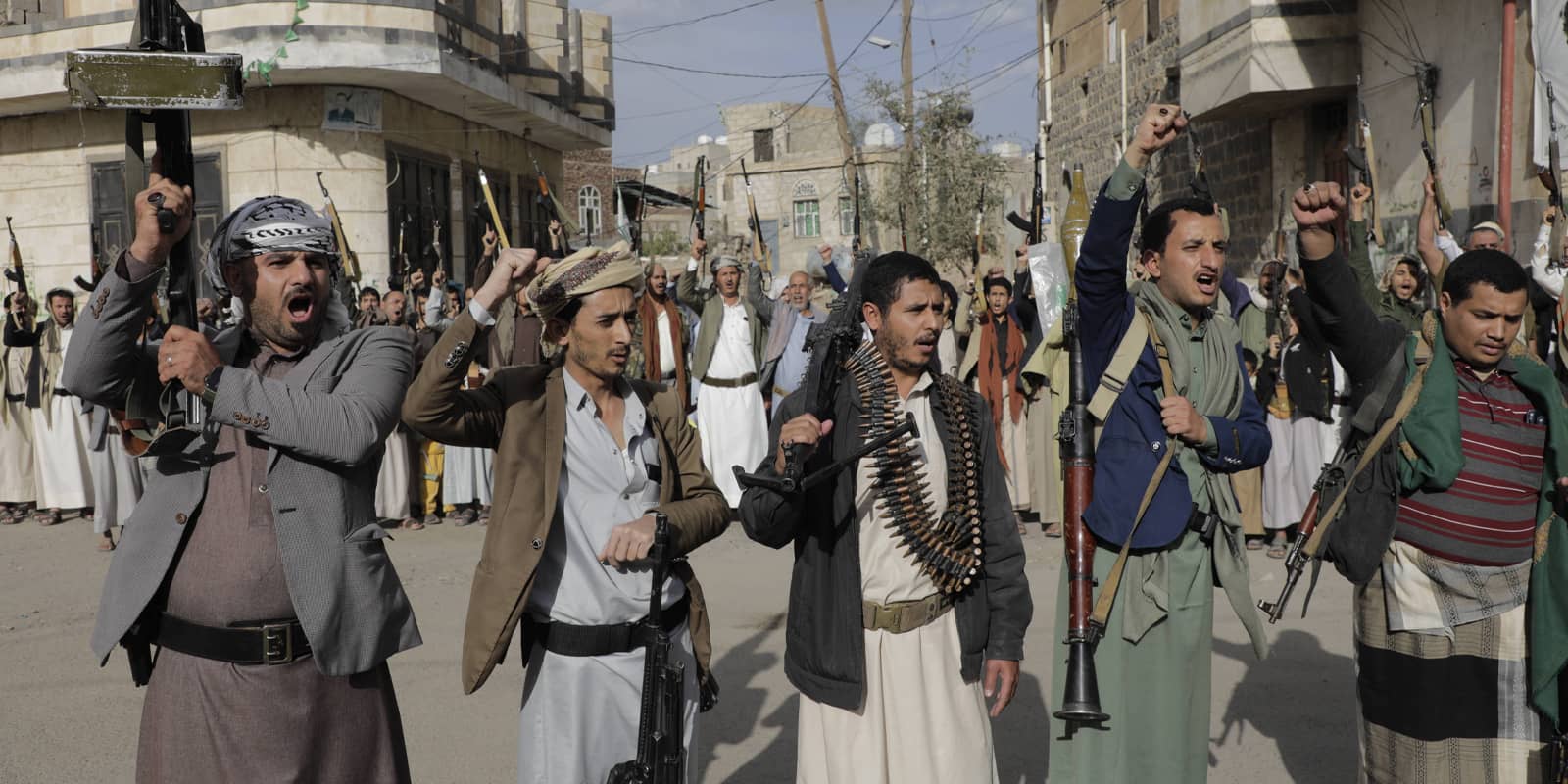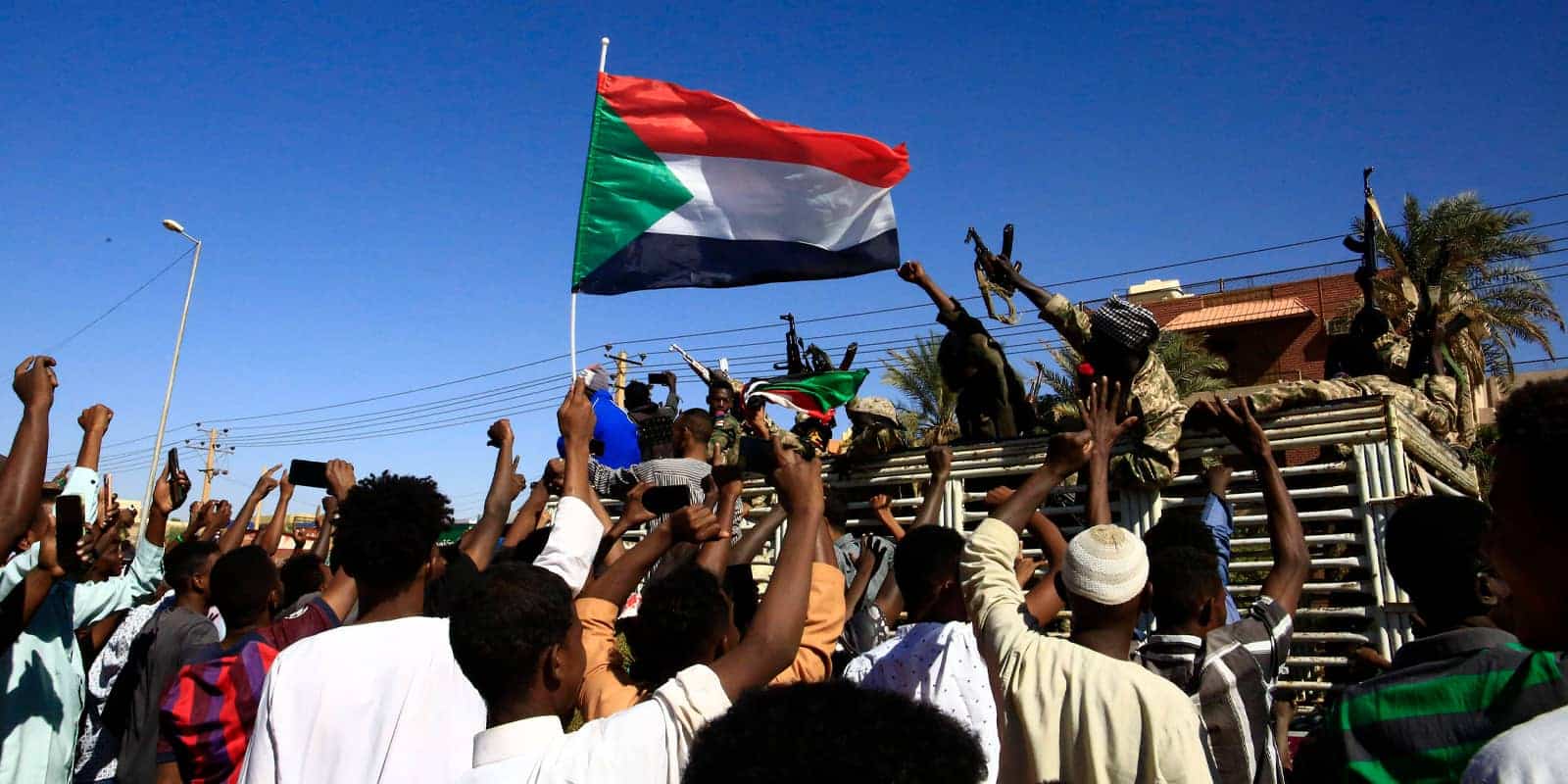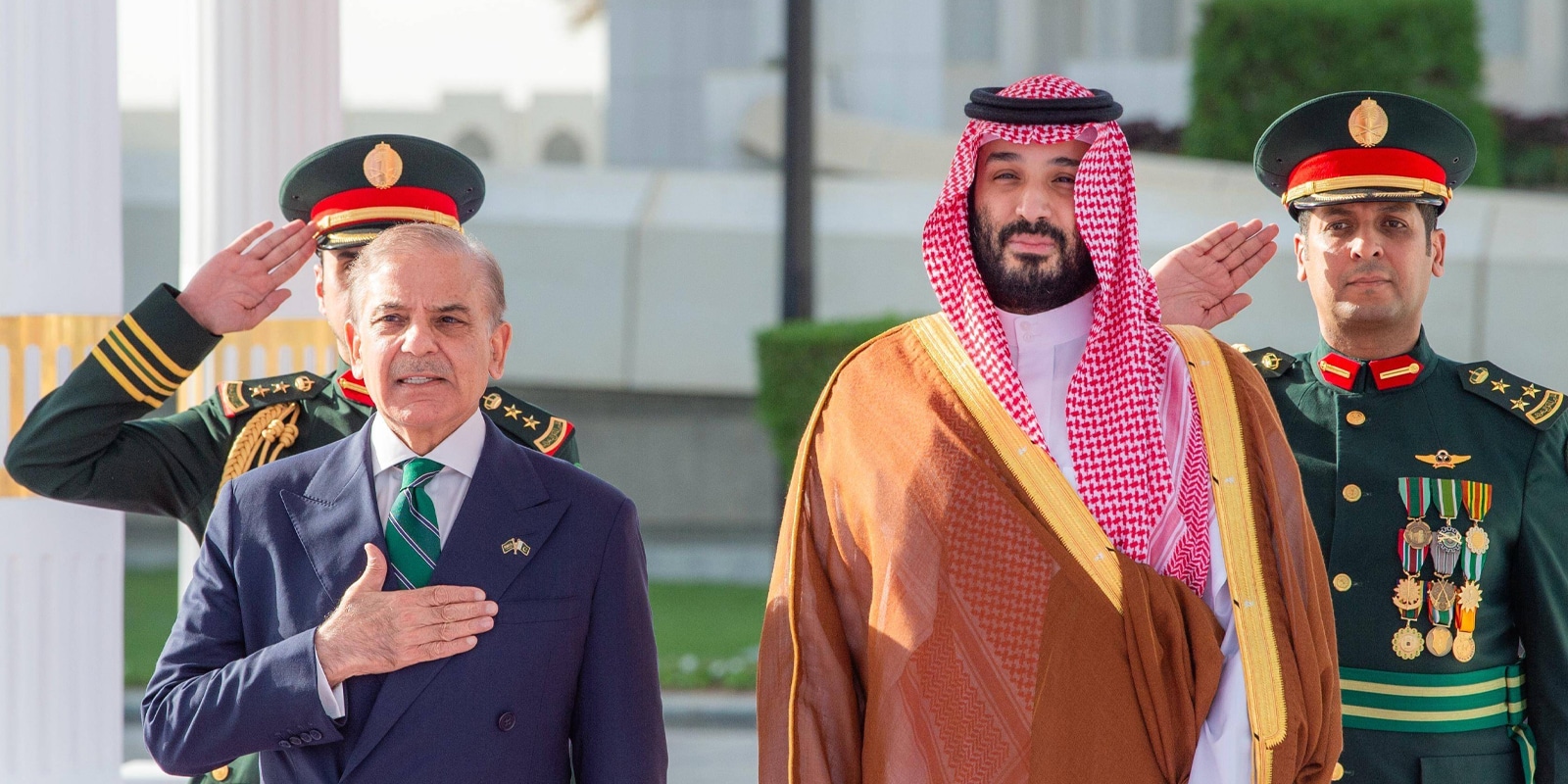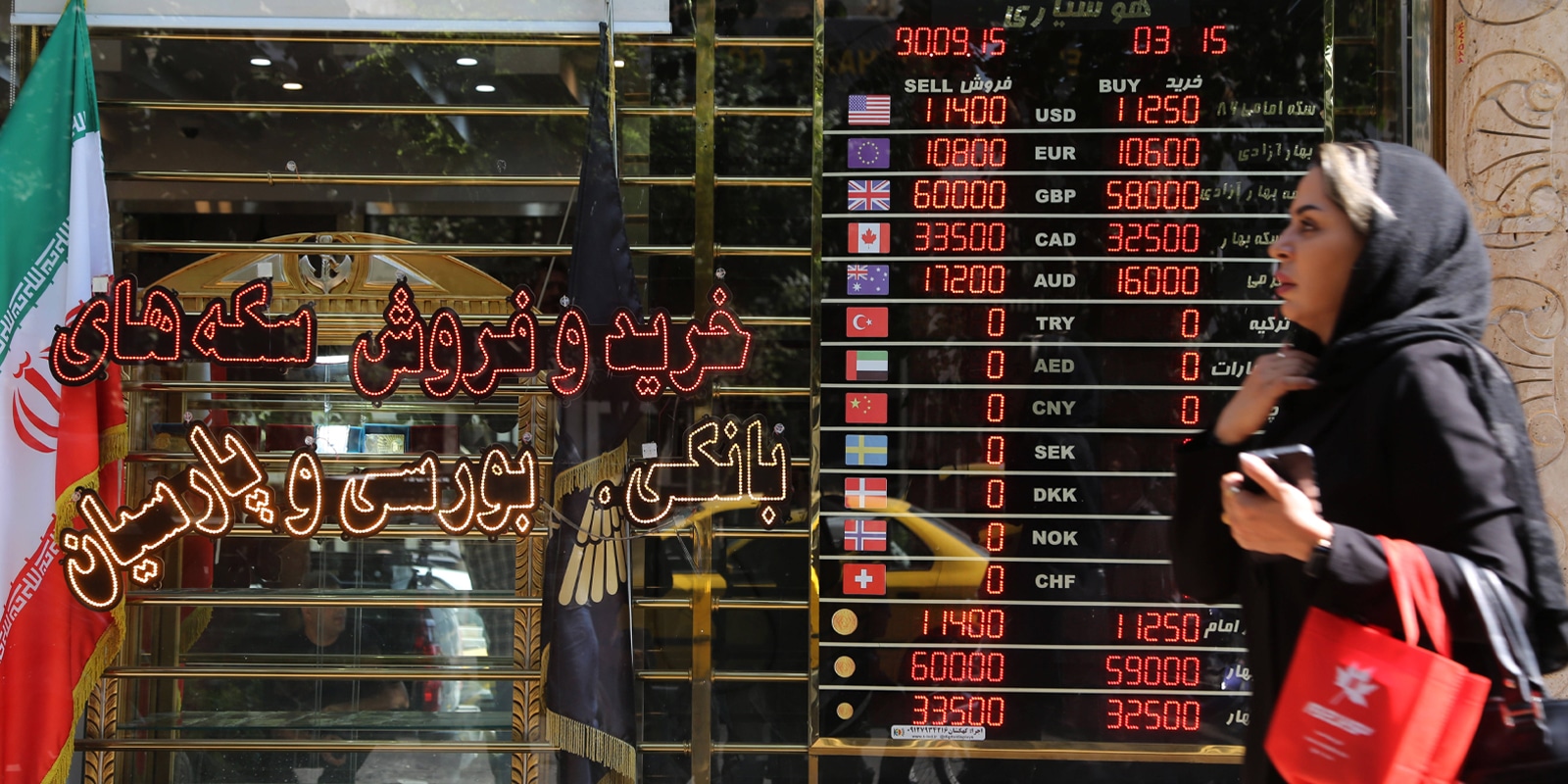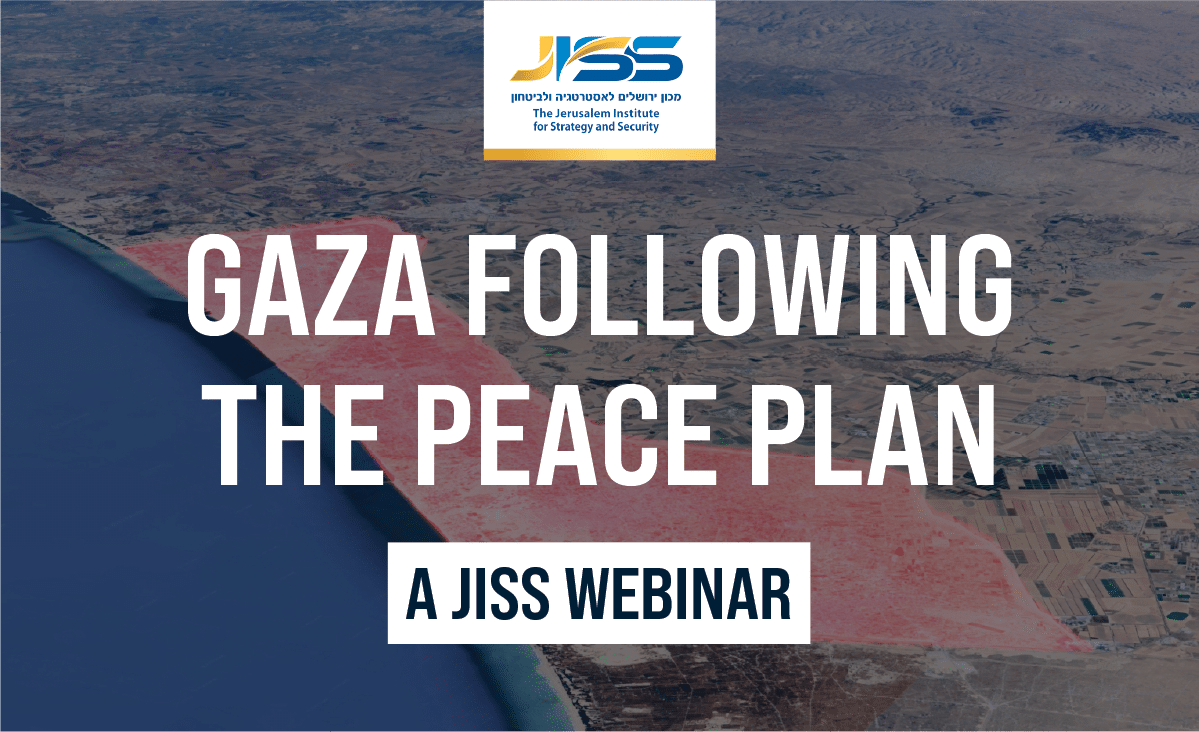Introduction
The internal situation in Iran has reached a boiling point. Reports coming out of the country indicate that internet restrictions have been tightened, with periodic shutdowns of the network. In an unusual development, the state-run IRNA news agency has engaged in an online discourse about nationwide protests. These restrictions come amid ongoing unrest throughout Iran, particularly in Tehran, following intense Israeli airstrikes. The Iranian regime is acutely aware that under current conditions, the line between unrest and a full-scale, nationwide eruption of protests that could destabilize the government is perilously thin. As a result, it has begun to throw its full weight behind efforts to stabilize the internal front. Under these difficult conditions, the Iranian public needs external technological assistance in order to continue reporting on what is happening inside Iran and to overcome the regime’s restrictions that are intended to suppress any protest. Starlink is the most effective tool available to the Iranian public right now to circumvent the regime’s restrictions on internet usage.[1]
Background
Since the beginning of Operation Rising Lion, the Iranian regime has encountered significant challenges in shaping public perception inside the country. Israeli strikes have been filmed from multiple angles, exposing the regimes vulnerabilities for all to see. Israel is attacking in the heart of Tehran and is also hitting gas and fuel infrastructure[2] throughout Iran in a limited and localized[3] manner—attacks that directly impact Iranian citizens. Long lines at gas stations, grocery stores and on the roads leading out of Tehran contribute to a growing sense of crisis and fueling public anxiety.
The Iranian regime’s primary concern is the further erosion of its stability—something it has struggled to maintain for quite some time. The 2022-2023 Mahsa Amini protests[4] lasted for many months and resulted in hundreds of deaths and widespread arrests. While that wave of unrest was one of several intense protest movement to shake Iran over the past decade, it stood out for its scale and duration. The Amini protests had a profound impact on Iranian society and politics and their effects are still evident today, particularly in the regime’s handling of the hijab law.
In addition to the social unrest, the regime is also deeply concerned about the impact of mounting economic hardship and the growing shortages of electricity and water. The ongoing war risks further exacerbating these shortages and intensifying the broader sense of crisis.
The Main Concerns of the Iranian Regime
At the heart of the regime’s fears lies the prospect of internal unrest erupting into mass protests that could ultimately bring down the Islamic Republic. One of the key instruments it believes could trigger such a scenario is social media. The Iranian leadership views free online discourse as a threat in two main ways.
First, it enables quick and simple coordination of protest activities and attacks against regime forces. These actions can be organized within small, tight-knit cells or through broader mobilization by publishing gathering points and inviting the public to participate. Second, open discourse on social platforms allows for the rapid spread of information to a wide audience. The story of Mahsa Amini, for example, was disseminated primarily through social media.[5] Messaging apps and social networks make it possible to share videos, images, and messages that expose people to events beyond their immediate surroundings and may draw them into larger civil movements in support of collective causes—as happened during the protests that followed Amini’s death.

The Regime’s Efforts to Dominate Public Discourse
Even under normal circumstances, the regime works actively to control online discourse. Many apps and websites are blocked from inside Iran, although a large portion of the public uses VPNs to bypass these restrictions. The regime is attempting to push the population toward using Iran’s “national internet,” the National Information Network (NIN)—an internal network closely monitored by the security services. At the same time, it has launched domestic applications designed to compete with their Western counterparts.
Despite these efforts, as of April 21, 2025, the regime’s infrastructure had not yet reached a sufficient level of development. Its applications and technological capabilities remain incomplete, and the regime is still unable to fully sever access to the global internet. Moreover, these initiatives remain unpopular among the public, which continues to access Western websites and apps to a significant extent.
Over the past few days, the regime has even sought to “hijack” the narrative, warning Iranian citizens against using WhatsApp and Instagram on the grounds that the platforms may have been infiltrated by Israel.[6]
In addition to its broad campaign to block access to Western platforms, the regime has taken several steps in recent days that more clearly reflect its growing unease vis-a-vis the Iranian public.The government announced that it was cutting off internet access for the population—a familiar tactic, typically used during periods of unrest such as mass protests. In this instance, too, the authorities attempted to justify the move by claiming that the internet slowdown was intended to thwart Israeli cyberattacks.[7] At the same time, officials issued warnings to the public not to share prohibited content on social media platforms, particularly material documenting the activities of Iran’s security forces.
Further warnings were directed at media outlets and social media users, instructing them not to disseminate any information that could “destabilize society.”[8] It is worth noting that following the explosion at the Shahid Rajaee port in April 2025, indictments were issued on similar grounds against several entities.[9] As of June 18, the restrictions remain in place. Nonetheless, video and photo evidence continues to emerge from inside Iran daily—proof that the regime’s control is far from airtight.
Technological Means That May Help Encourage Public Discourse in Iran
What the Iranian public needs most is the ability to access the internet freely—so they can communicate with one another and with the outside world, without being subject to the regime’s surveillance. Given the severe restrictions placed on civilian internet use in Iran, technologies that allow direct access to the web without relying on regime-controlled infrastructure are critical. The primary actor currently possessing such technology is Elon Musk’s company, SpaceX, which enables internet access through its Starlink satellite network.
In January 2024, SpaceX introduced a new feature that allows private devices to connect directly to Starlink, without requiring a dedicated terminal to relay satellite signals to consumer devices.[10] According to reports, this innovation could dramatically change the situation inside Iran. The liberation of millions of Iranians from regime censorship—whether in the form of deliberate slowdowns during times of tension or blanket restrictions—through access to Starlink infrastructure not controlled by Tehran could significantly strengthen the capabilities of anti-regime groups operating inside the country.
It is estimated that by early 2025, approximately 100,000 users in Iran were connected to the internet via Starlink, and that this number is likely to grow as the service becomes more widely available.[11] There is no doubt that broad, unrestricted access to Starlink services for private users in Iran could shift the balance in favor of the regime’s opponents during this sensitive time
On June 14, Elon Musk responded to a post on X urging him to activate the service over Iranian territory and stated that it is available. However, there have been no official or explicit statements from Musk or from SpaceX on the matter. This lack of clarity makes it difficult for most Iranians to access the service—even if technically it is available.
Moreover, the country’s rampant inflation has made the service unaffordable for the majority of Iranian citizens. Those who hope to catalyze real change in Iran through technology must therefore consider enabling free access to the service for Iranian users. A decision on this issue in the coming days could accelerate the spontaneous processes already underway in Iranian society—processes that have been significantly intensified by the war and that may ultimately lead to the destabilization of the Islamic Republic.
[1]The information on which this paper is based is current as of June 18, 2025. Sincere thanks to Daniel Hirschfeld for his assistance with the comprehensive research for this paper.
[2] https://www.jpost.com/middle-east/iran-news/article-857701
[3] https://www.mako.co.il/news-military/f239747af17c5910/Article-24eeb6c2d507791026.htm
[4] Named after Mahsa Amini, a young Kurdish woman who was arrested for allegedly wearing an improper hijab and died in custody.
[5] https://www.reuters.com/world/middle-east/fury-grows-iran-over-woman-who-died-after-hijab-arrest-social-media-2022-09-18/
[6] https://www.tasnimnews.com/fa/news/1404/03/27/3337345
[7] https://www.mehrnews.com/news/6502033
[8] https://x.com/MizanNewsAgency/status/1916128735612567966
[9] https://x.com/ManotoNews/status/1916446837533180062?t=370HEU90UI-Rcvm4cFB5hQ&s=19
[10] https://www.independent.co.uk/space/starlink-phone-spacex-launch-cell-b2473067.html#
[11] https://www.iranintl.com/en/202501060034
JISS Policy Papers are published through the generosity of the Greg Rosshandler Family.







